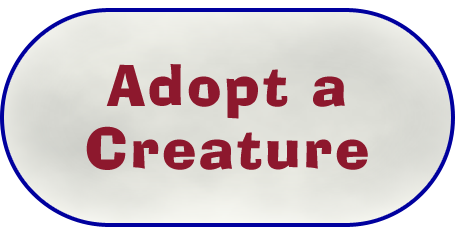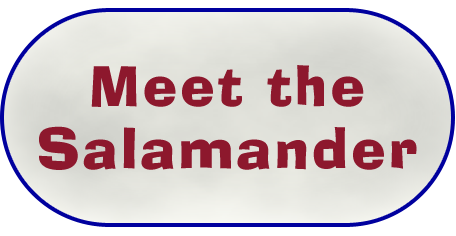
Thanksgiving Day, 2009, my middle nephew’s wife roped me in to help with a project for her daughter’s Waldorf School winter faire: creating and applying designs to little felt pouches by a technique called needle felting. Needle felting, thinks I, What’s that?
Not that I cared greatly — I’m always up for any craft you can use to make animal forms: pencil or pen and paper, wire, terra cotta or white clay, Sculpey, tin foil... whatever hits my fingers comes out looking like a critter of some kind.

Ceramic sculpture was
great when it worked...

But heartbreaking
when it didn't.
So I was glad enough to pitch in with my grand-niece’s project, though no more than mildly interested. But it was magical: drape a bit of green fluff (that is, unspun wool) across the background, stab it a few times with a wicked-looking barbed spike, and it is a jumping frog. Stab it a bit more to make sure it stays a frog and doesn’t ravel and snag, then poke at tinier wisps of brown and white to make a dragonfly fleeing the frog....

That first froggie!

Second creature:
the school mascot.
The next morning I hit the Internet to find out about this new mystery. That dispelled the idea of using a flat surface, replacing it with the joys of full-round wool shapes and wire armatures. I phoned all over town for supplies, finding very little, but by the end of November I’d come home from a touristy craft shoppe with a couple of bags of what turned out to be truly miserable wool and some overpriced needles with unnecessary built-on handles. And I was hooked forever.

Other ways to avoid clay:
Expensive silver wire...

Cheap (but fragile)
cupcake cups....
It doesn’t dry out and become useless if you have to leave a piece half-made for hours or days; it doesn’t disappear into dark and fire with a 40%+ chance of emerging as rubble; it doesn’t break if it hits the floor. Long-leggedy beasties can stand on their own from the get-go, so there’s no need to work with the piece in a sling till the legs dry. And the colors! The colors stay where you put them, and you can tell what they are — unlike glazes, all of which look like grayish mud in the bottle and many of which react with each other in the kiln in ways that leave no choice but attempting to skin the poor beast with a Dremel tool.

Sculpey that just
sits there half-dead...

And embroidery that
takes years and years....










